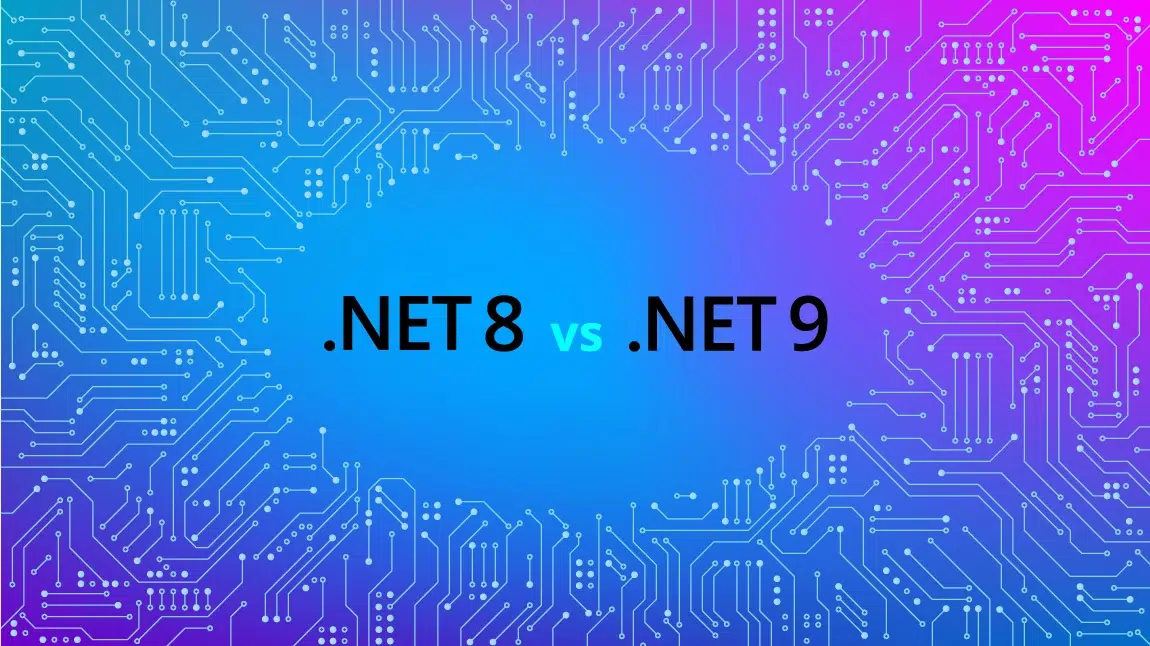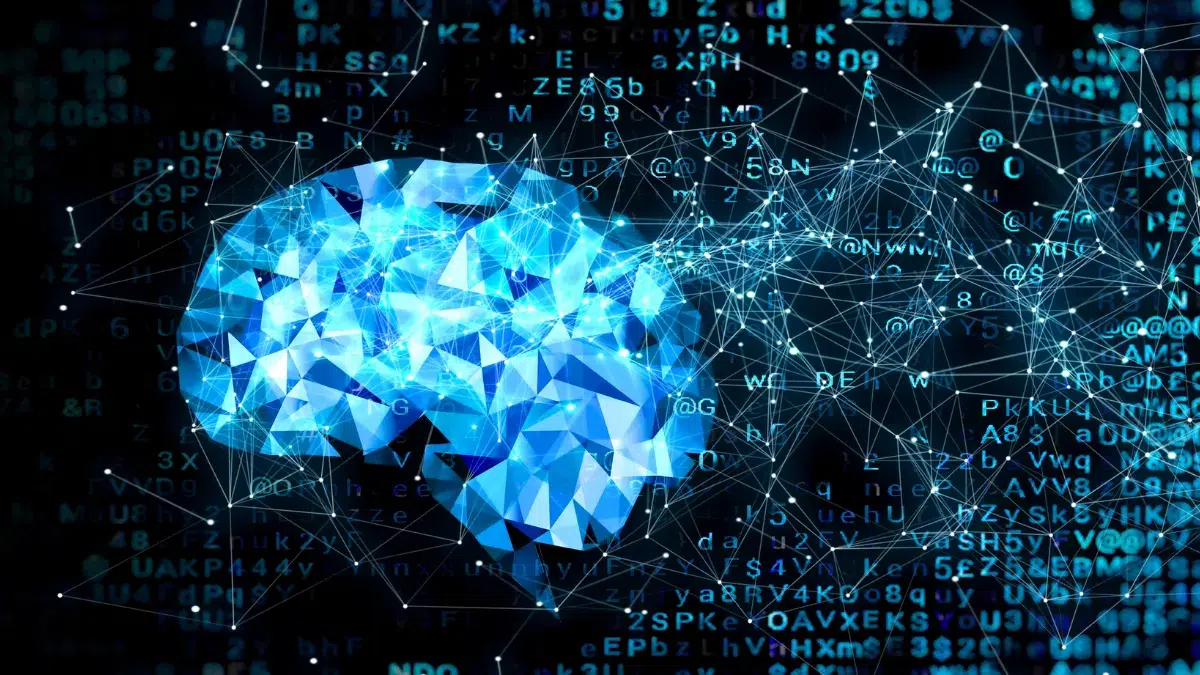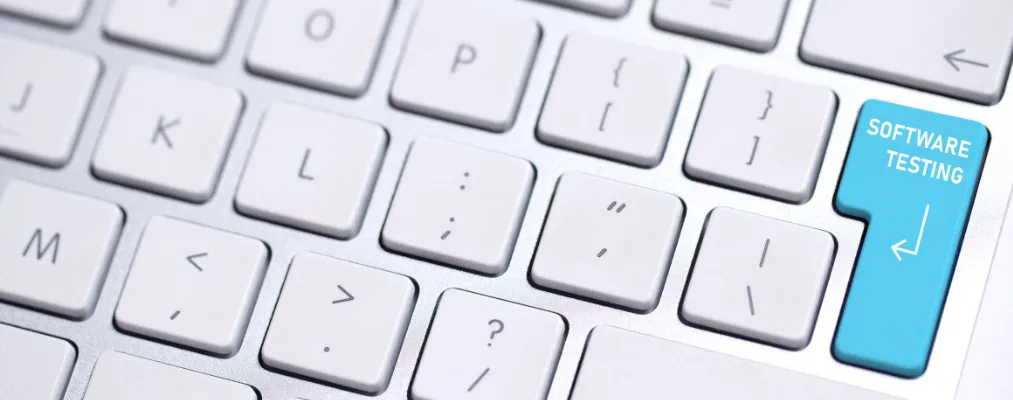By Juan José Barboza — Staff QA Automation Engineer at Growth Acceleration Partners
In today’s fast-paced software landscape, artificial intelligence (AI) has become a true game changer. As a Software Development Engineer in Test (SDET), I have had the privilege of being at the forefront of integrating AI into QA and development workflows. These tools have not only enhanced efficiency and accuracy but also reshaped the way we approach problem-solving.
While numerous articles explore the theoretical potential of AI, few provide concrete examples of practical implementation. In this article, I will share my story — what worked, what didn’t, and how AI is changing the way we build and test software.
From Curiosity to Practice: Building a QA Accelerator
My journey into AI began as a personal, hands-on experiment. As someone who learns best through practical application, I set out to build a prototype — what I later called a QA Accelerator. Fortunately, GAP fosters a culture of innovation and encourages experimentation with AI tools and proof-of-concept (PoC) initiatives. This environment gave me the confidence to explore emerging technologies and set ambitious goals. This particular initiative had two key objectives:
- Develop a complete web application from scratch, including an API layer to support backend communication — an ambitious challenge, especially given my core background in QA rather than full-stack development.
- Gain direct experience with AI integration, specifically using OpenAI services via API to streamline various daily QA tasks.
With the release of ChatGPT 3.5 just weeks earlier, I leveraged it to support the development of this application. Interestingly, the application itself also utilized AI to automate common QA activities such as test case generation and automation script assistance. To achieve meaningful results, I invested time in learning the fundamentals of prompt engineering, which proved essential for obtaining accurate and actionable responses from the AI service.
Real-World Application: Testing an Internal Chatbot
Later, I had the opportunity to collaborate on the creation of a testing framework for an internal AI-powered chatbot at GAP — another experiment born within the company’s culture of innovation. This project introduced me to AWS AI services, including Bedrock, along with a variety of open-source tools. One of the biggest challenges was that chatbot responses are not deterministic. Traditional testing methods weren’t enough. To address this, we built a robust framework that:
- Automatically generated diverse questions using AI.
- Validated chatbot responses for accuracy, tone, and politeness.
- Used CI/CD pipelines for continuous validation.
Despite the complexity, we successfully created a reliable regression suite that reduced regression execution time by over 80%, proving that even AI systems can be tested efficiently with the right strategy.
Everyday Use: AI as a Productivity Partner
Today, AI tools are an essential part of my daily work. In many cases, they reduce the time required to complete tasks by up to 70%, particularly when tackling complex challenges or repetitive processes. The examples below represent just a few of the practical ways I’m currently using AI, with additional areas still under exploration:
- Ticket and Story Creation: Generating well-documented user stories and defect tickets, complete with acceptance criteria and edge cases, can now be accomplished in seconds using AI-generated drafts based on minimal input.
- Testing Strategy Design: I’ve also begun leveraging AI to help define and articulate testing strategies for complex workflows, enabling quicker planning cycles and more adaptive testing approaches.
- Test Creation, Maintenance, and Debugging: When troubleshooting intricate behaviors in various programming languages, AI tools have significantly streamlined the debugging and updating process. In many cases, the AI-generated test code requires only minor adjustments.
- CI/CD Workflow Automation: Despite limited prior experience with the specific CI/CD tool used in our project, I was able to implement key improvements and develop entire workflows from scratch — with substantial support from AI tools.
AI Is Powerful — But Not Magical
While AI is a highly valuable asset, it is by no means a silver bullet. I’ve observed skepticism from professionals who didn’t achieve value from AI tools — often due to improper usage, unclear instructions, or poorly constructed prompts.
A solid technical foundation remains essential. AI is most effective when guided by someone who understands the underlying problem, can interpret the output, and refine it as needed. In my experience, AI has enabled me to accomplish tasks that might otherwise have required extensive study or deeper programming knowledge. However, without a technical background and well-crafted prompts, AI cannot be expected to deliver optimal results.
A New Way of Working
The software development paradigm is shifting. While technical skills remain essential, the focus is moving away from mastering programming language syntax toward mastering effective collaboration with AI. In this new landscape, the most valuable professionals will be those who can:
- Write precise, structured prompts
- Understand how to guide AI output effectively
- Seamlessly integrate AI capabilities into development workflows
Balancing Hands-On Experience with Formal Training
While real-world experimentation has been the cornerstone of my growth, I also recognized the importance of formal education. Through GAP’s internal certification program, I pursued the Azure AI Fundamentals (AI-900) certification. This foundational credential covers key concepts in AI and machine learning, along with how these technologies are implemented through cloud services. It helped me build a strong conceptual understanding of topics such as natural language processing, computer vision, and responsible AI — knowledge that I’ve since applied when integrating AI tools into both new and ongoing projects.
Final Thoughts: AI as a Tool — Amplified by Human Insight
AI doesn’t replace us — it empowers us. Through my journey from experimenting with ChatGPT‑3.5 to leveraging today’s advanced AI tools, taught me that AI is only as powerful as the intent behind it.
By staying curious, experimenting thoughtfully, and combining AI with strategic thinking, we can elevate our creativity, productivity, and technical depth. AI becomes a true collaborator — not a replacement.
Yes, parts of this article were drafted with AI assistance. But the lessons, stories, and insights? 100% real-world experience. AI was the tool; my knowledge and vision shaped the result.










